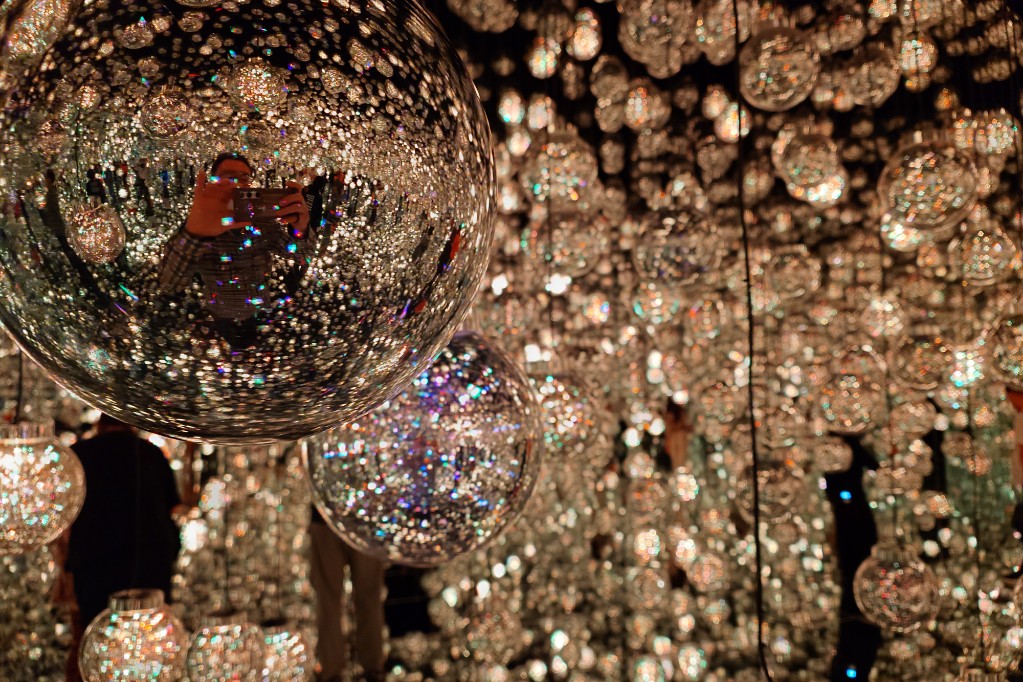カテゴリ: 都内近郊散策
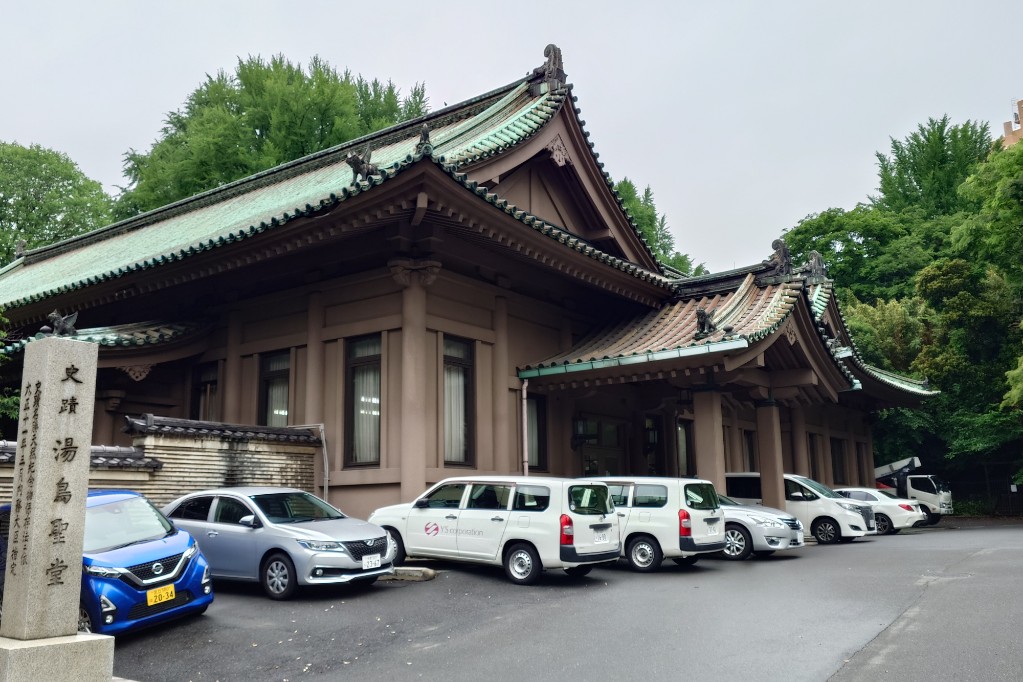
These photos were taken during my walk from Kanda Myōjin to Nihonbashi.
Just a short walk from Kanda Myōjin stands Yushima Seidō.
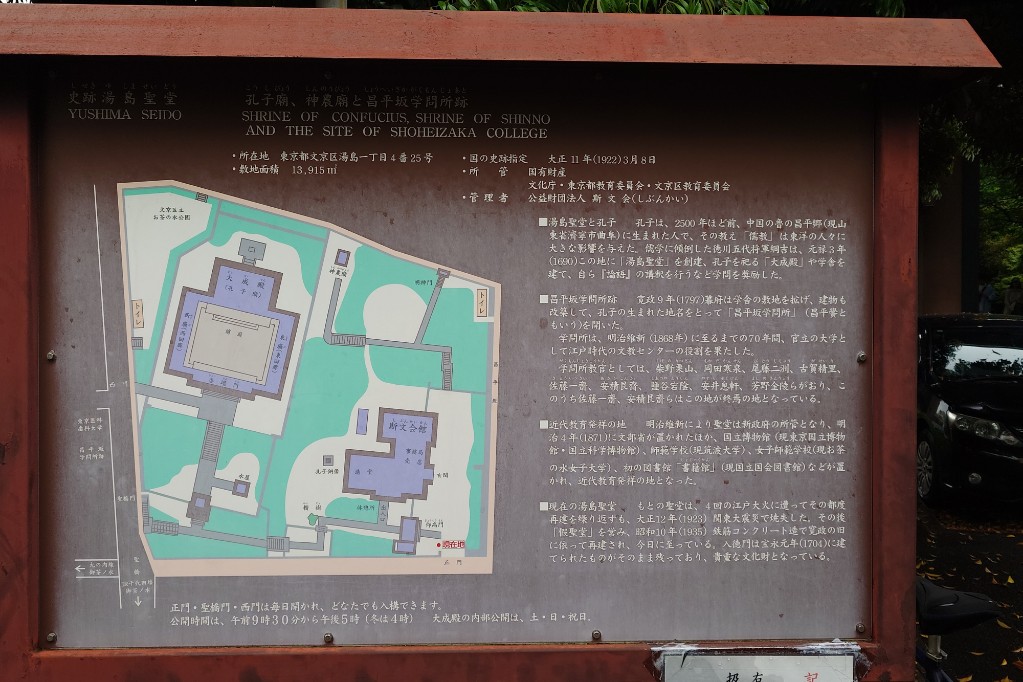
徳川5代将軍綱吉が、それまで上野忍が丘の林羅山の邸内に造営した孔子廟と教育施設を1690年にこの地に移した。
In 1690, the fifth Tokugawa shōgun, Tsunayoshi, relocated a Confucian temple and educational facility—originally built within the residence of Hayashi Razan on Shinobugaoka in Ueno—to this very site.
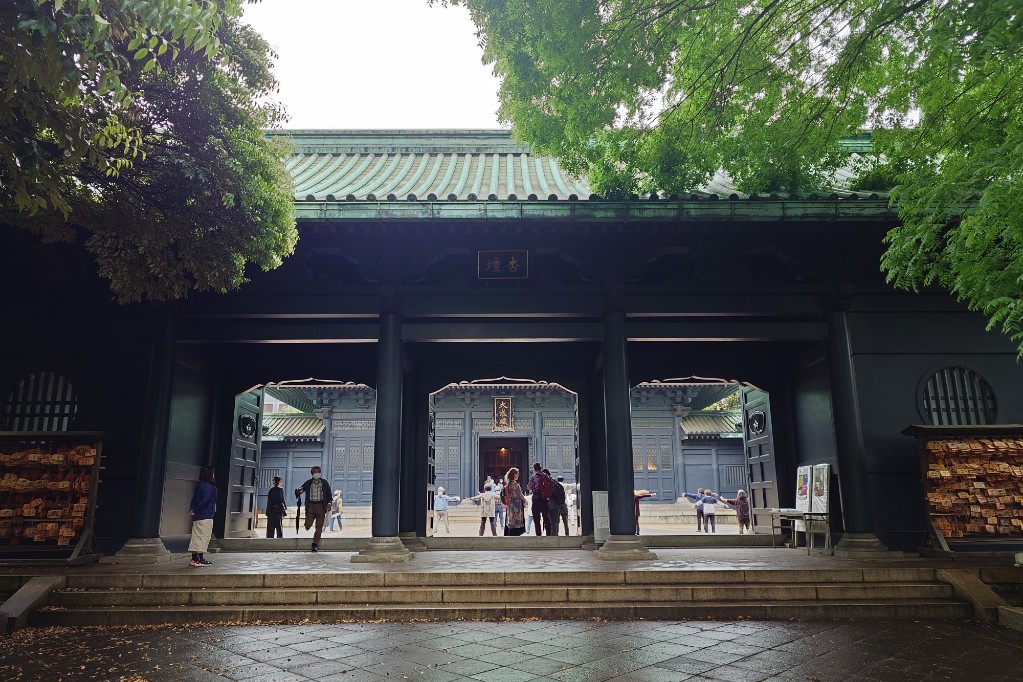
教育施設は、1797年委は幕府直轄の学校である昌平坂学問所となり、後の東京大学へとつながる。
By 1797, the educational facility had become the Shōheizaka Gakumonjo, a school directly administered by the shogunate, which would later evolve into the University of Tokyo.

孔子の立像はかなりの迫力だが、Xperia1VIのカメラだと白っぽくなってしまい、露出が難しい。ニコライ堂などにも立ち寄りたかったが、ややルートから外れるので今回はやめておいた。
The imposing statue of Confucius here is truly striking, though my Xperia 1 VI camera had trouble with exposure, making the image come out a bit pale.
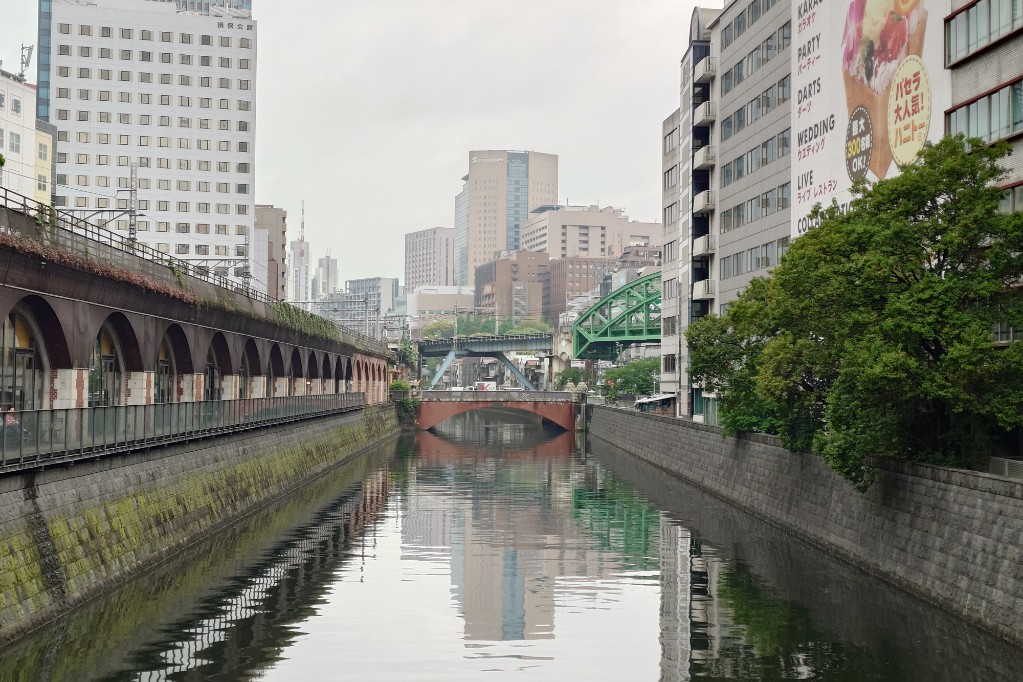
湯島聖堂からさらに歩いて、秋葉原を横断した先に万世橋が見えてくる。
From Yushima Seidō, I continued on foot, crossing through Akihabara, until I reached Mansei Bridge.
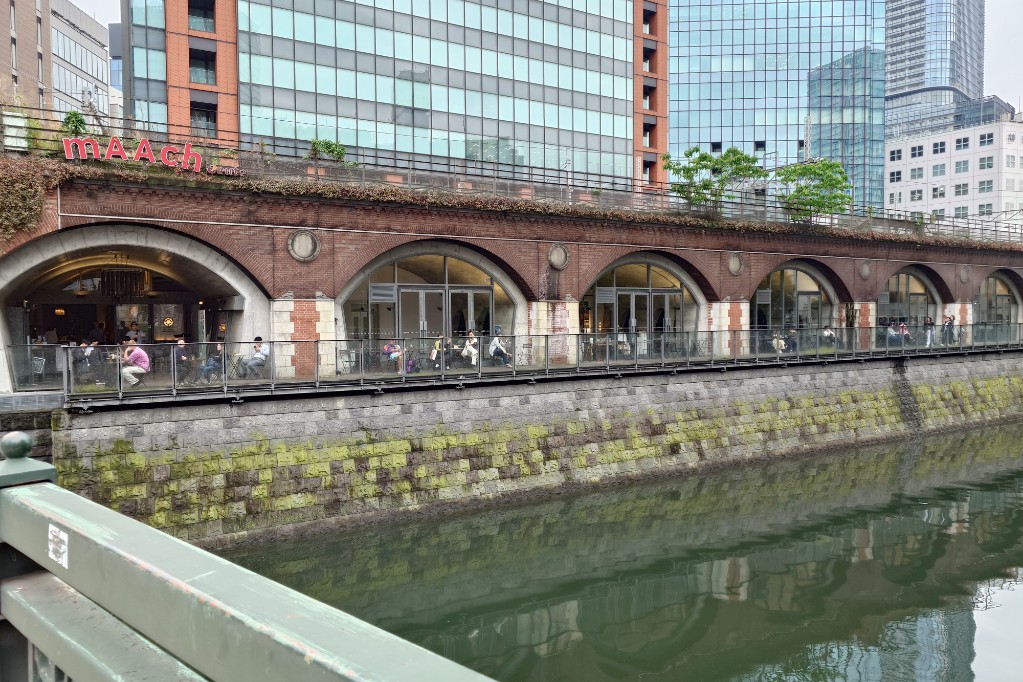
1912年に完成した由緒ある赤レンガ造りの万世橋高架橋であるが、
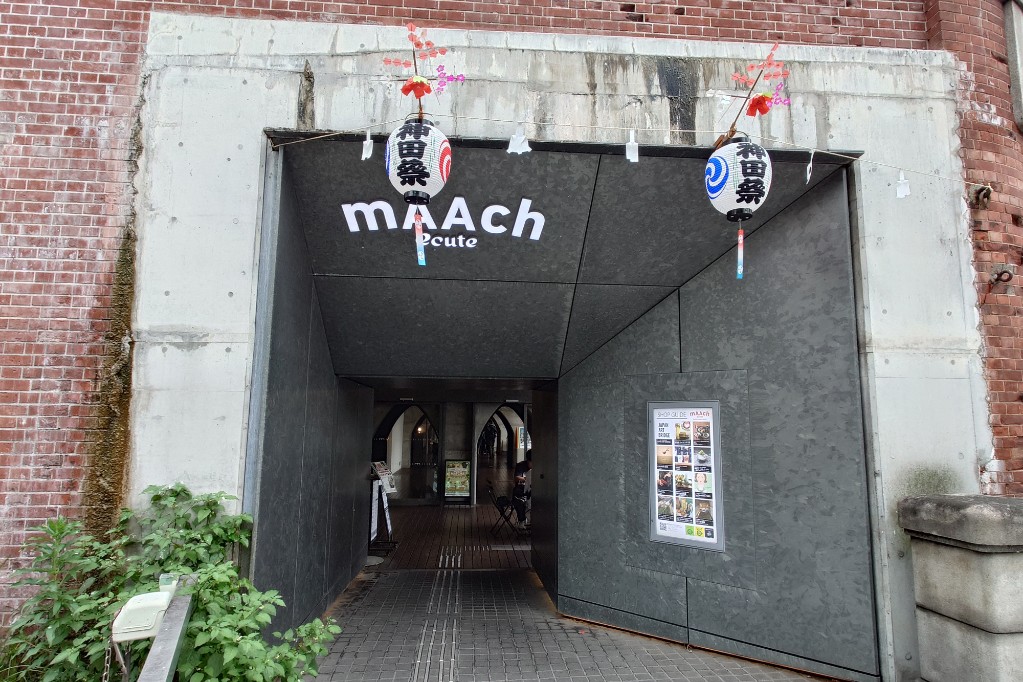
その遺構を利用してマーチエキュート神田万世橋というモールが開業した。
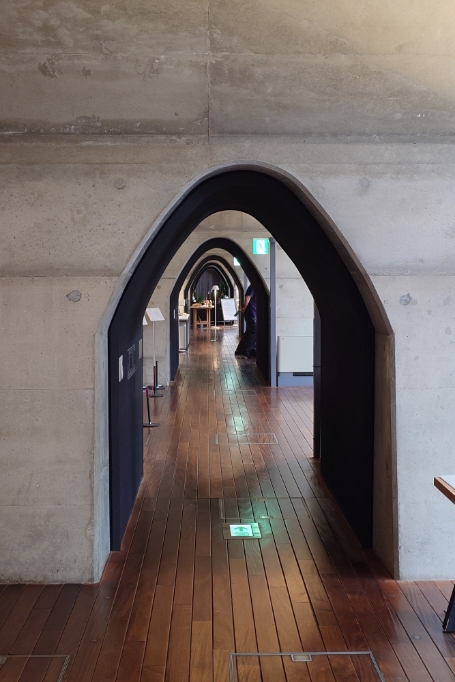
駅の遺構を利用した内部は超オシャレなのだが、空きテナントが目立ち、すぐ隣の電気街の喧騒を思うと少し寂しい。場所柄、アーティステックな店舗よりも、もっと雑多な店でもよいと思うのだが。
This historic red-brick viaduct, completed in 1912, now houses mAAch ecute Kanda Manseibashi, a commercial complex built within the preserved remains of the old station.
Inside, the space is wonderfully stylish, making clever use of the station’s structure. However, a number of vacant shops stand out, and compared to the bustling atmosphere of the neighboring Electric Town, the contrast feels a bit lonely. Given the location, I can’t help but think it might suit more eclectic, everyday-style shops rather than purely artsy ones.
お気に入りの記事を「いいね!」で応援しよう
[都内近郊散策] カテゴリの最新記事
-
ぶらり東京散歩38~原宿太田美術館からハ… 2025年11月13日
-
「渋谷を駄目にした 鉄道会社どもーー再開… 2025年11月12日
-
モーリス・ユトリロ展@SOMPO美術館~その2 2025年11月11日
【毎日開催】
15記事にいいね!で1ポイント
10秒滞在
いいね!
--
/
--
PR
X
Comments
shuz1127
@ Re[1]:モーリス・ユトリロ展@SOMPO美術館~その1 Maurice Utrillo Exhibition at the SOMPO Museum — Part 1(11/10)
Henryさん おお、西山美術館に行かれたの…
Henry@ Re:モーリス・ユトリロ展@SOMPO美術館~その1 Maurice Utrillo Exhibition at the SOMPO Museum — Part 1(11/10)
西山美術館、メルカリで無料招待券をお安…
shuz1127
@ Re[1]:ほどよく均整の取れたベリーA~マスカットベリーA2023(白百合醸造) Well-Balanced Berry A – Muscat Bailey A 2023 (Shirayuri Winery)(10/10)
noir-funさんへ 熊本ワインファーム、例…
noir-fun
@ Re:ほどよく均整の取れたベリーA~マスカットベリーA2023(白百合醸造) Well-Balanced Berry A – Muscat Bailey A 2023 (Shirayuri Winery)(10/10)
機会があれば是非、熊本ワインファームの…
shuz@ Re[1]:悪くはないのだけど…エラスリス MAX・カベルネソーヴィニヨン2020 “Not bad, but not quite…” — Errazuriz MAX Cabernet Sauvignon 2020(09/24)
noir-funさん ご無沙汰していますが、お…
Category
カテゴリ未分類
(10)お知らせ・リンク集
(29)ワイン新着情報
(515)ワインコラム
(343)ワインコラム2(話飲徒然草拾遺集)
(75)ワインコラム3(RWGコラム拾遺集)
(28)都内近郊散策
(281)こんな店に行った
(326)B級グルメ・カフェ
(247)健康
(219)エッセイ
(76)ひとりごと・備忘録
(541)カミサン推薦ネタ
(28)語学・資格・学び直し
(95)山歩き・ハイキング
(123)アクアリウム・ガーデニング
(339)育児・教育
(88)PCネット時計カメラ
(129)音楽・オーディオ
(70)リフォーム引越し
(50)こんなワイン買った
(129)ボルドー
(99)ブルゴーニュ・ジュブレシャンベルタン
(90)ブルゴーニュ・モレサンドニ
(40)ブルゴーニュ・シャンボールミュジニー
(45)ブルゴーニュ・ヴォーヌロマネ・ヴジョ
(56)ブルゴーニュ・NSG
(58)ブルゴーニュ・その他コートドニュイ
(63)ブルゴーニュ・コルトン・ポマール・ヴォルネイ
(30)ブルゴーニュ・ボーヌ周辺
(56)ブル・ピュリニー・シャサーニュ・ムルソー
(21)ブルゴーニュ・その他コートドボーヌ
(27)ブルゴーニュ・裾モノイッキ飲み!
(221)ブルゴーニュ・その他地域
(37)ボジョレー再発見プロジェクト
(32)シャンパーニュ
(195)ロワール・アルザス・ローヌ
(54)その他フランス
(16)イタリア
(80)スペイン・ポルトガル
(37)ニュージーランド・オーストラリア
(49)USA
(40)安泡道場(シャンパーニュ以外)
(37)その他地域・甘口など
(43)日本ワイン
(64)ワイン会・有料試飲
(173) 【wine】アルザスシ…
 New!
ささだあきらさん
New!
ささだあきらさん
アルマン・ルソー … New!
mache2007さん
New!
mache2007さん
貝殻亭でランチ New!
zzz.santaさん
New!
zzz.santaさん
EF210-328 EF510-3… musigny0209さん
グラムノン yonemuさん
yonemuさん
ジャン・ルイ・シャ… hirozeauxさん
hirozeauxさん
実南 月一会 ミユウミリウさん
ミユウミリウさん
ワイン&ジョギング … Char@diaryさん
道草日記 旅・釣… 道草.さん
鴨がワインしょって… うまいーちさん
 New!
ささだあきらさん
New!
ささだあきらさんアルマン・ルソー …
 New!
mache2007さん
New!
mache2007さん貝殻亭でランチ
 New!
zzz.santaさん
New!
zzz.santaさんEF210-328 EF510-3… musigny0209さん
グラムノン
 yonemuさん
yonemuさんジャン・ルイ・シャ…
 hirozeauxさん
hirozeauxさん実南 月一会
 ミユウミリウさん
ミユウミリウさんワイン&ジョギング … Char@diaryさん
道草日記 旅・釣… 道草.さん
鴨がワインしょって… うまいーちさん
Keyword Search
▼キーワード検索
Calendar
© Rakuten Group, Inc.


